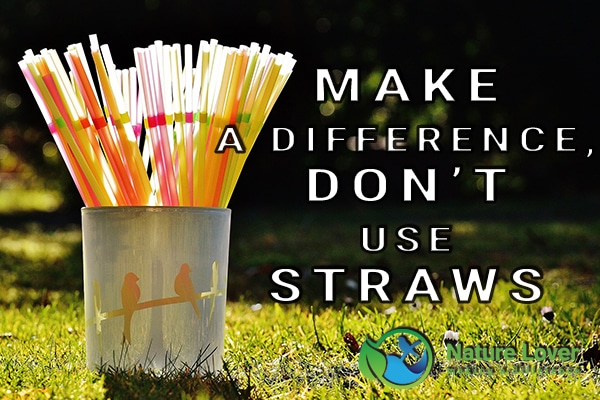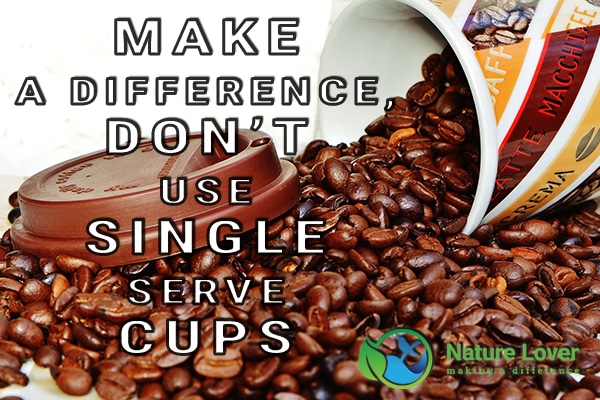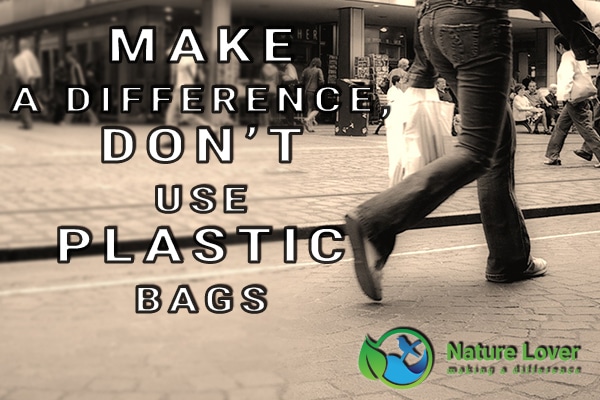Like most places in the world, the most common litter item in Ontario is the cigarette butt. Single use food and beverage containers have also been found in large numbers during the 2014 Great Canadian Shoreline Cleanup. The usual array of debris consists of Tim Horton’s coffee cups, gum, chocolate bar wrappers, fast food containers, pop cans, plastic water bottle, etc. All of these items have been found strewn across our towns and cities, making our communities and our natural places an unpleasant eyesore. This debris not only encourages people to continue to litter, but it is also affecting our health, our economy, our wildlife and our environment.
What is litter?
Litter is any discarded product or waste found anywhere it doesn’t belong: along highways, in parks, on beaches, or on streets. Litter is always caused by people, both intentionally and unintentionally.
Where does it all come from?
Research has shown that the majority of litter comes from seven different sources:
- Household trash, which was improperly put out to the curb for collection. The garbage could have been scattered by animals, the wind or by the individual collecting the trash
- Dumpsters left open or unkempt
- Untidy loading docks
- Construction sites with uncovered waste piles
- Overloaded and/or uncovered trucks
- Motorists that throw trash and/or cigarette butts out their windows
- Pedestrians who neglect to hold on to their trash until they find a garbage receptacle
Why do people litter?
- They don’t think it is actually litter (cigarette butts, food scraps).
- They are unwilling to hold on to the garbage or to go out of their way to find a waste bin.
- There isn’t enough social pressure to do the right thing.
- Communities lack effective fines and enforcement for litterers.
- They think it’s cool and they are being rebellious.
- There is a lack of knowledge about what littering is and how it affects everyone.
- Existing litter in a particular area encourages more littering behaviour.
- There are not enough garbage cans in an area with heavy pedestrian traffic.
- People are lazy and just don’t care enough about our earth.
How does litter effect our environment?
- Broken glass, jagged metal, needles and syringes can injure children.
- Rotting garbage and pet droppings can attract rodents and insects that carry germs and disease.
- Abandoned tires, cans and containers that hold water can create a breeding ground for mosquitoes that can carry the West Nile virus.
- Wildlife and pets can get entangled with and/or poisoned by certain types of litter that can cause injury or even death.
- Smouldering cigarette butts dropped by hikers or thrown from moving vehicles can cause forest fires.
- Blockages of drainage systems can result in flooding.
- Cost of picking up and disposing of litter is putting strain on municipal budgets.
- There can be negative effects on real estate prices, local economic development and tourism.
- Every recyclable item that is trashed is wasting resources.
[one_third_last]
Source: Curelitter.ca
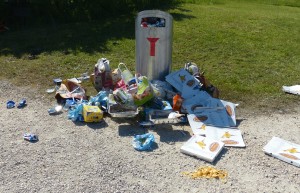
[/one_third_last]
How long do littered items last?
The time it takes for a product to degrade or decompose depends on its composition and the environmental conditions.

Created by Be Green Packaging Store
How can you help?
As individuals we can all make a difference.
- Set a good example and don’t litter.
- Pick up litter that you see and dispose of it properly (make it a habit to pick up at least one piece of litter per day).
- Have a bag for trash in your car and never throw garbage out of your window.
- Put your garbage in containers with lids and put them out as close to the pickup time as possible.
- Cover or secure recycle bins so that items won’t fly away – tie paper and cardboard into bundles.
- Carry out your trash when hiking or going to the beach.
- Tie down items in your pickup truck.
- Put cigarette butts in ashtrays.
- Pick up litter that has blown onto your property.
- Set up or participate in local clean up days.
- Encourage a group you belong to get involved in a cleanup.
- Beautify an area with plants and flowers since this often discourages people from littering.
- Identify areas that need more garbage receptacles and contact necessary persons to advocate for them.
- Pick up after your pet and dispose of waste properly.
- Educate your children, friends, family and coworkers about the importance of a clean environment and how they can help.
- Join us in our “One Piece Per Day” project and come out for a formal or informal clean up day.
[one_third_last]
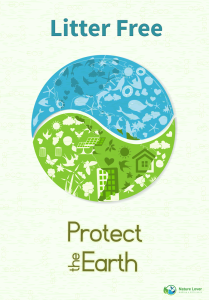
[/one_third_last]
Sources:
Cure Litter, np. Region of Waterloo. Web. 5 Feb. 2015 <www.curelitter.ca>
Environment and Plastics Industry Council. np. Web. Aug. 2004 <www.plastics.ca>
The Great Canadian Shoreline Cleanup. np. The Vancouver Aquarium and WWF, 2015. Web. 5 Feb. 2015 <www.shorelinecleanup.ca>



